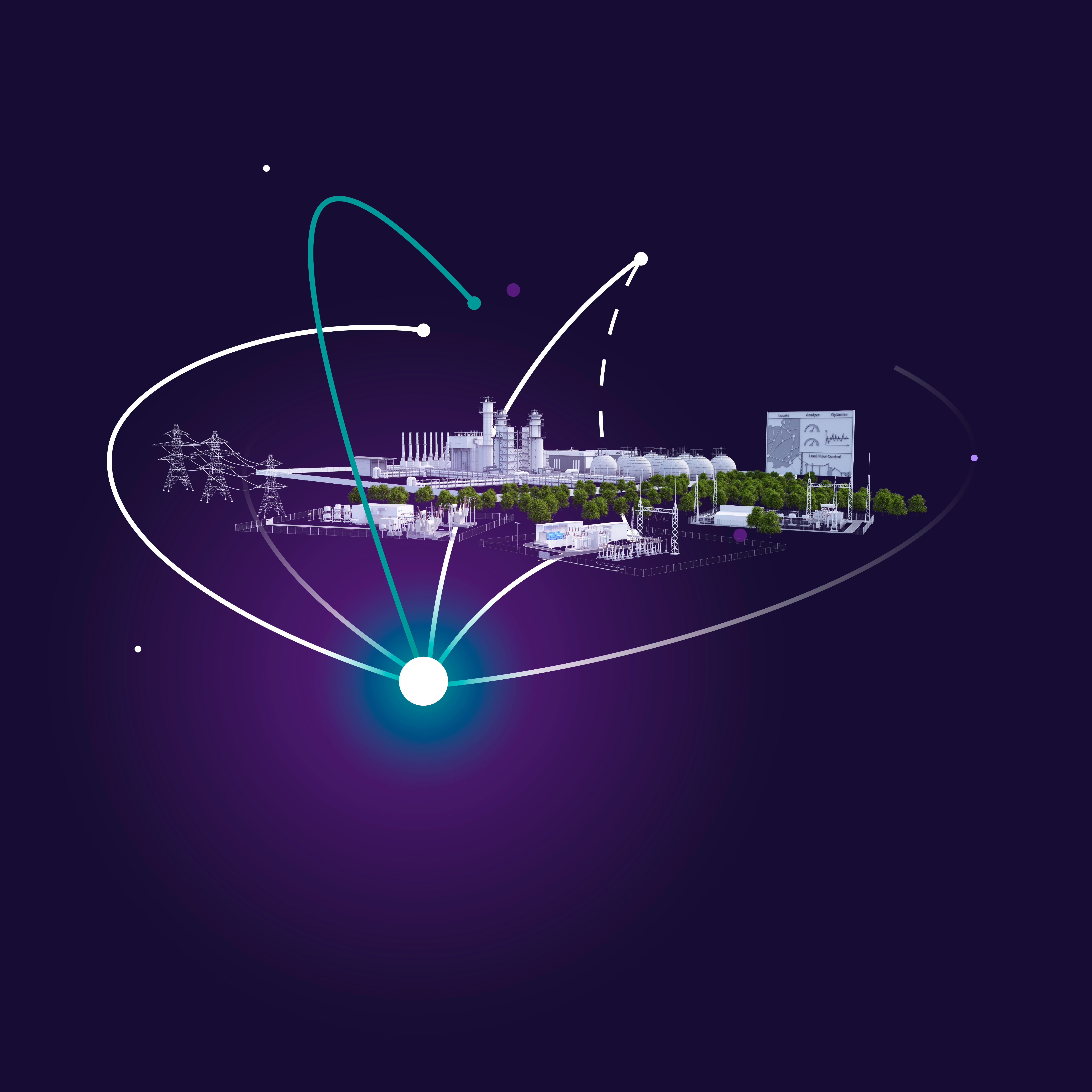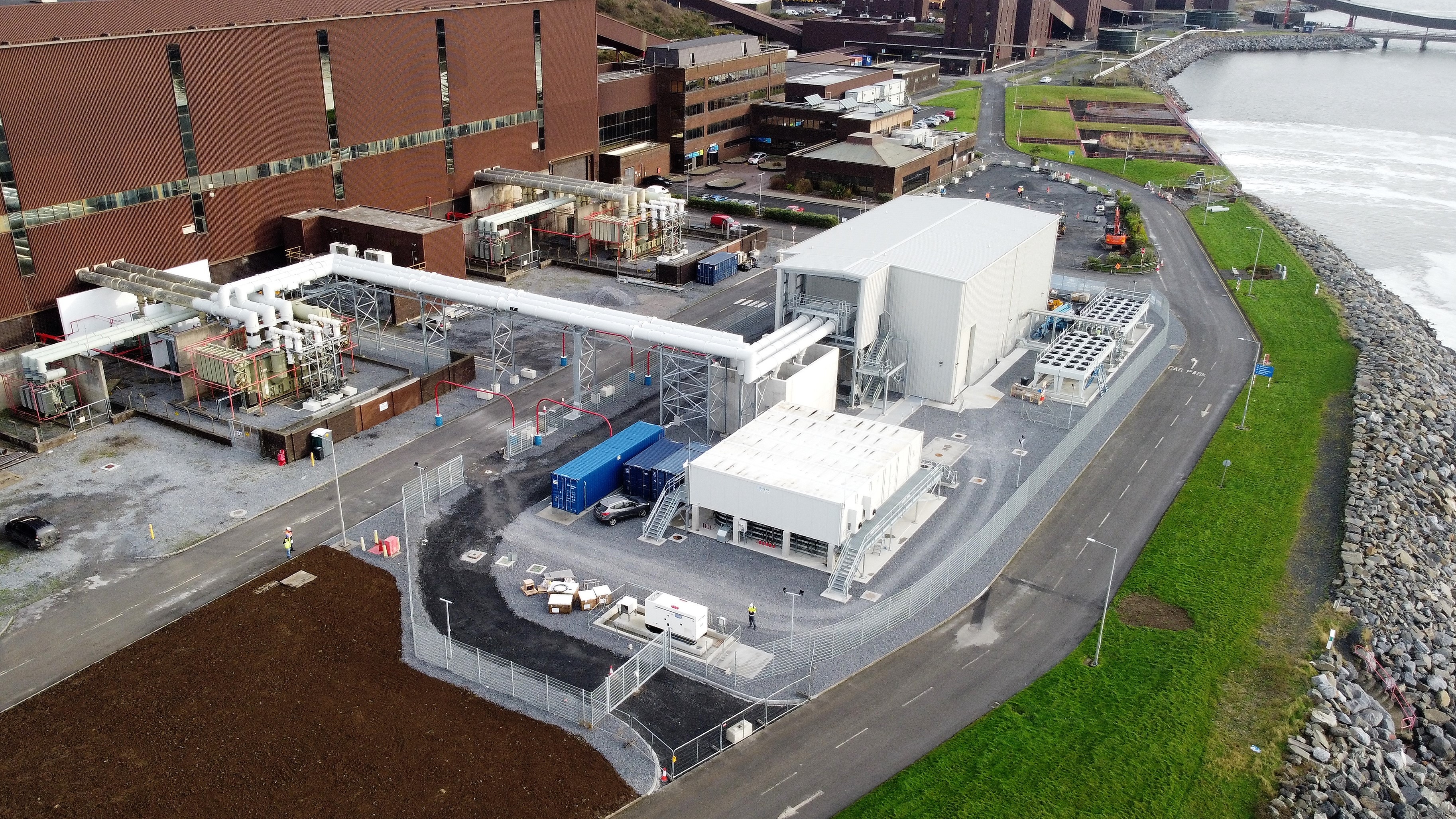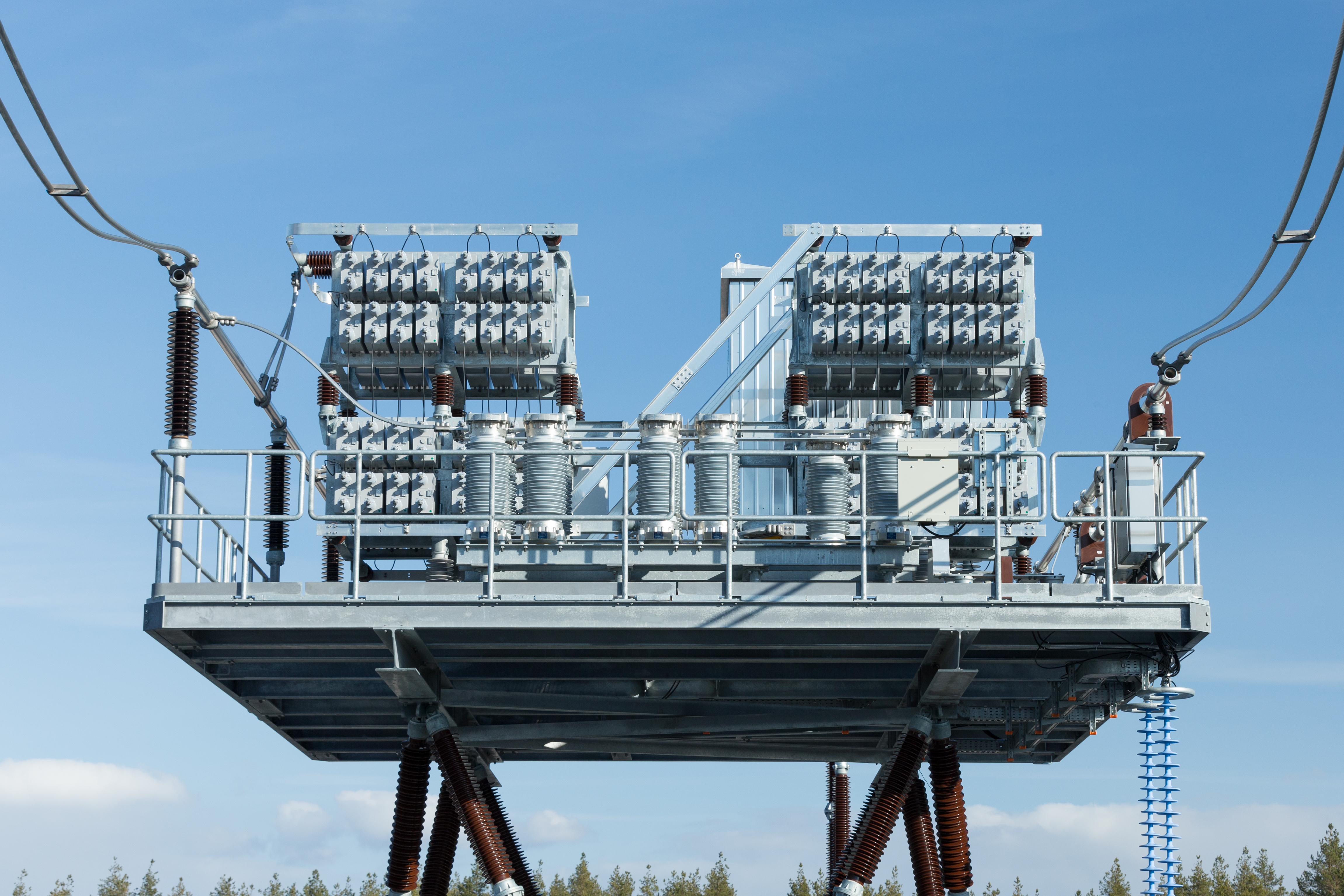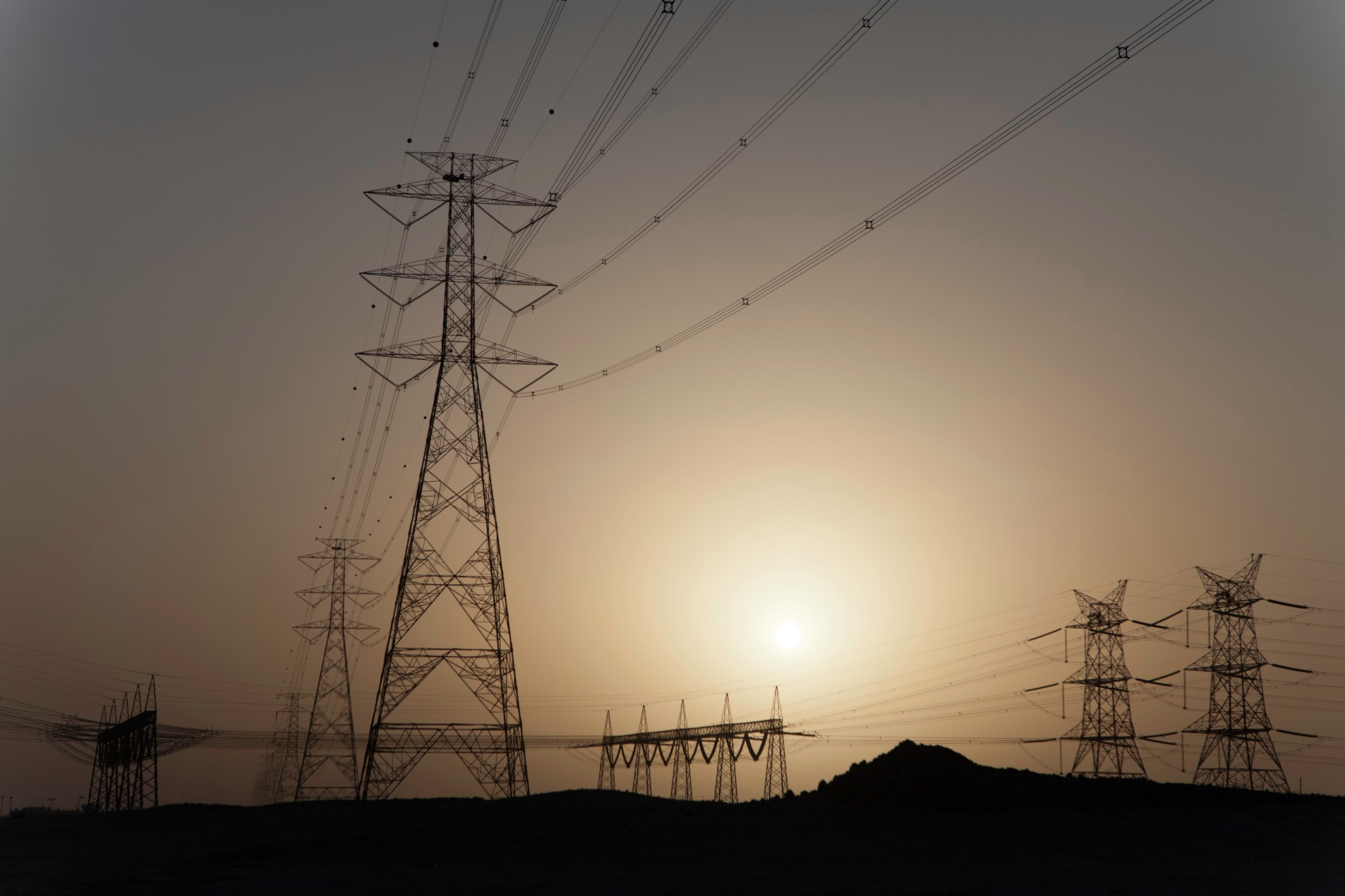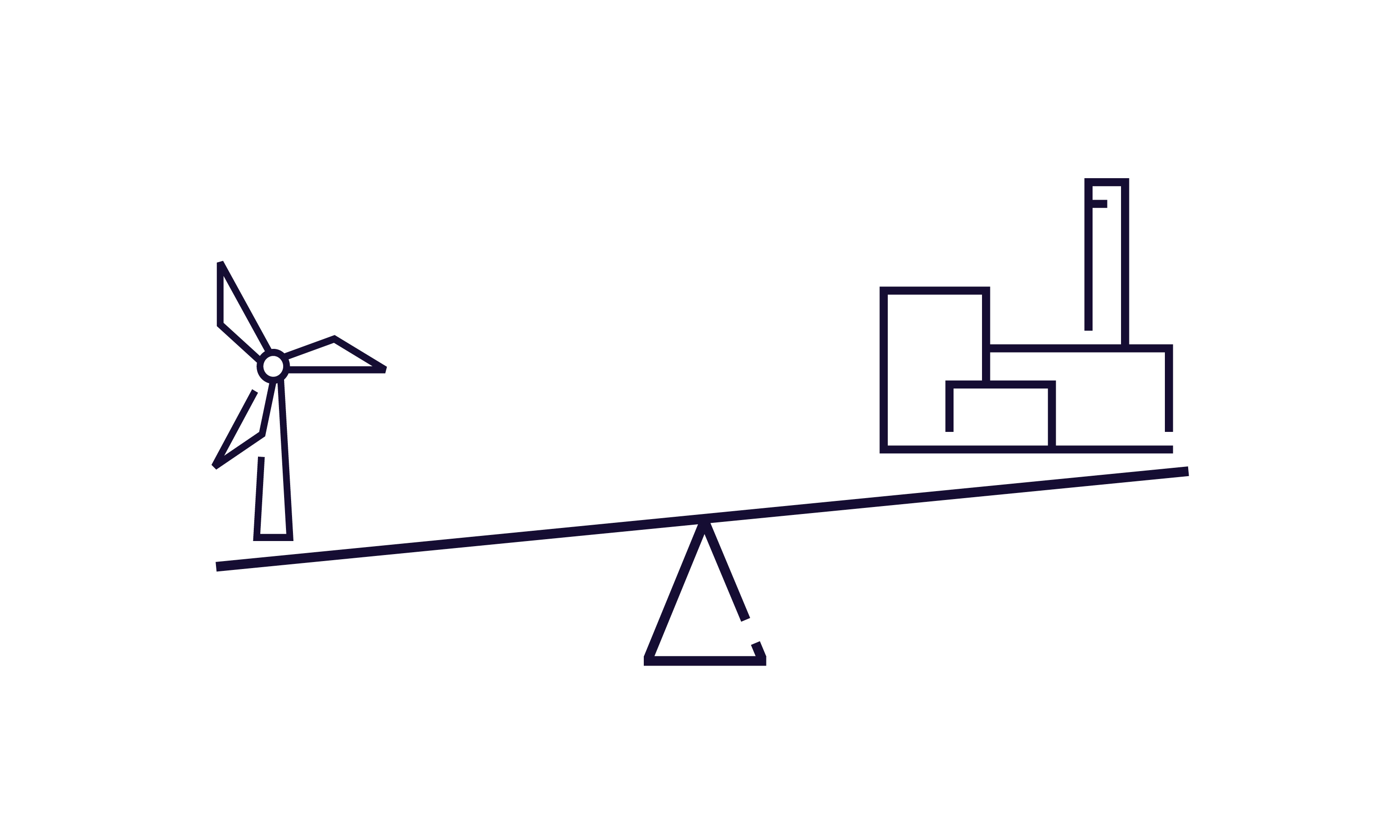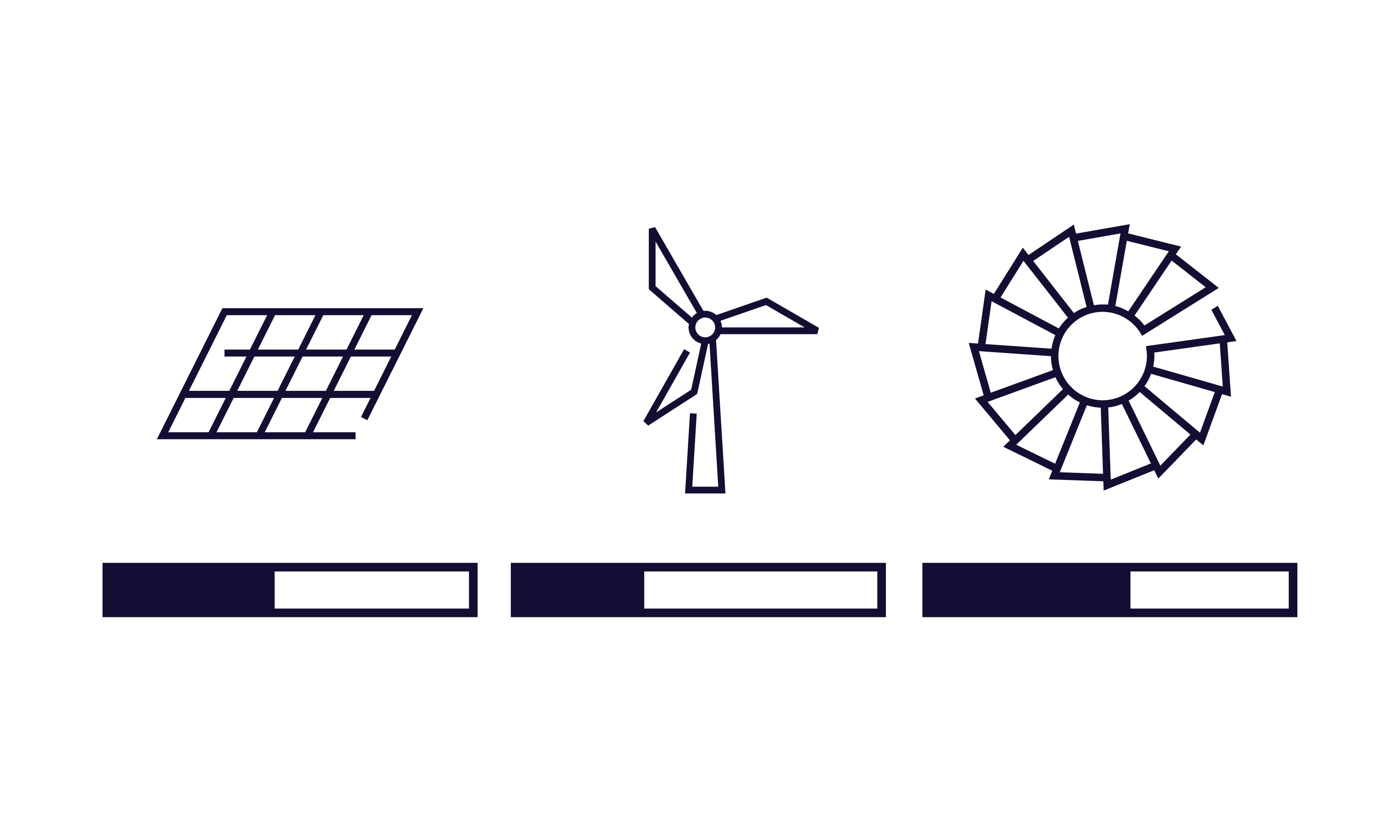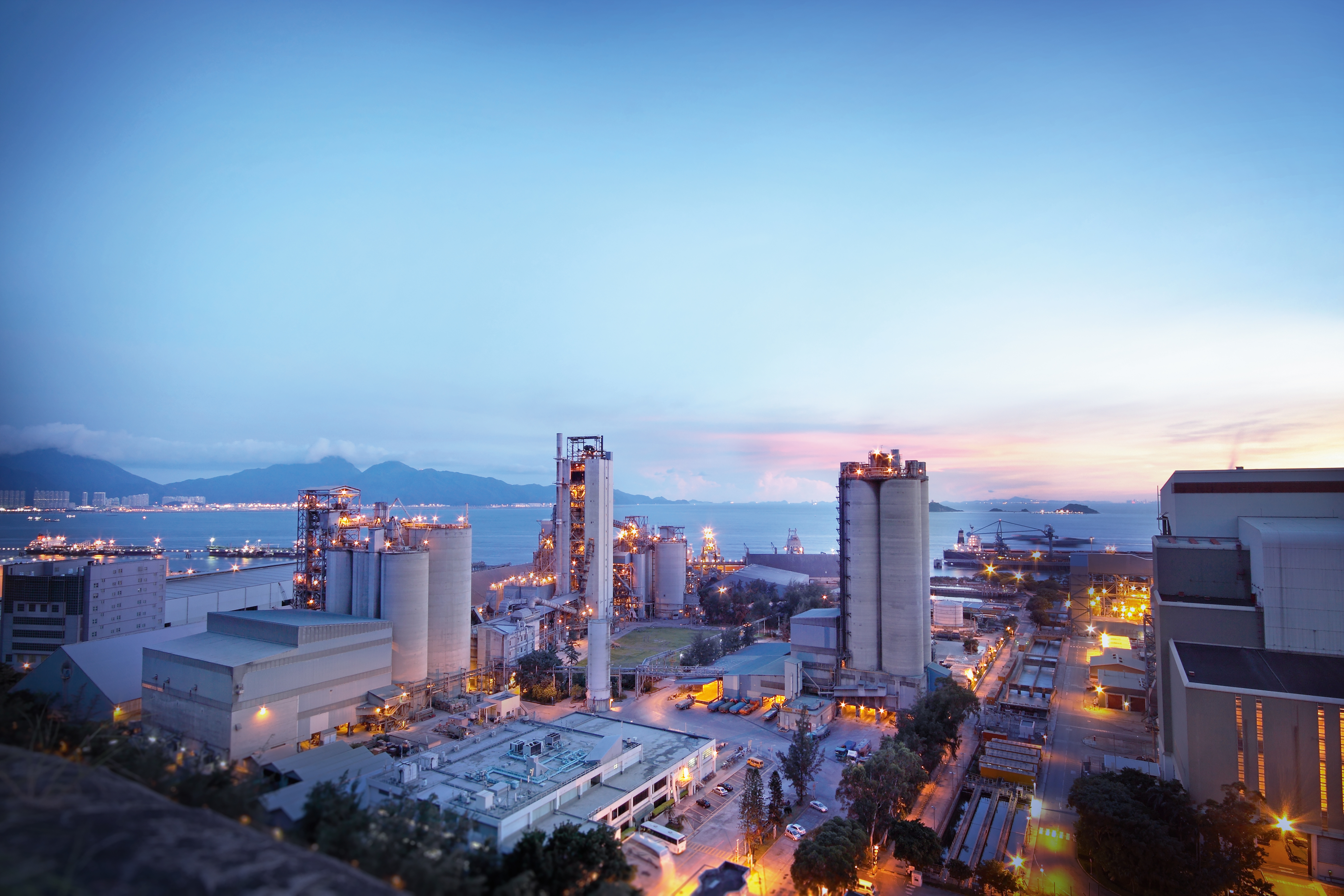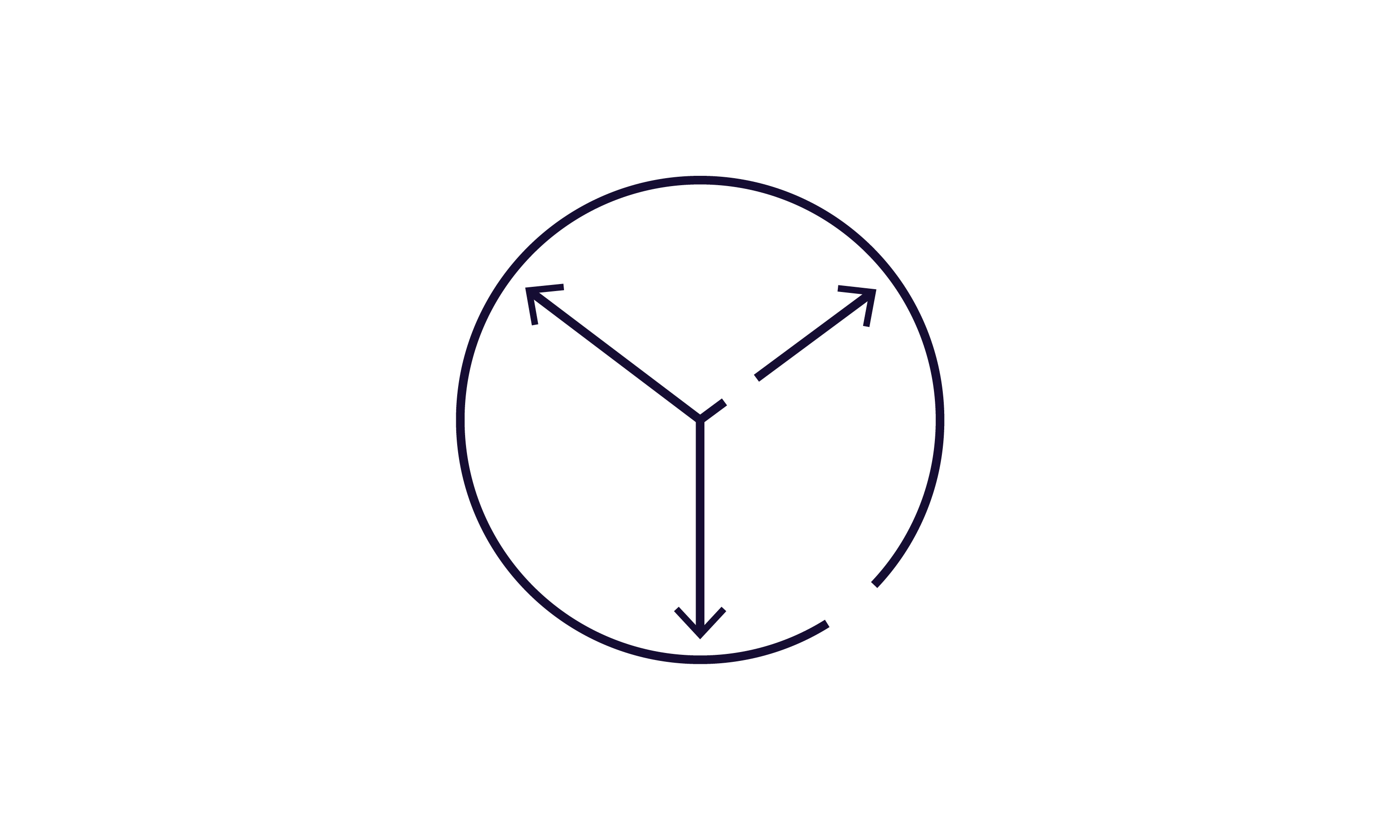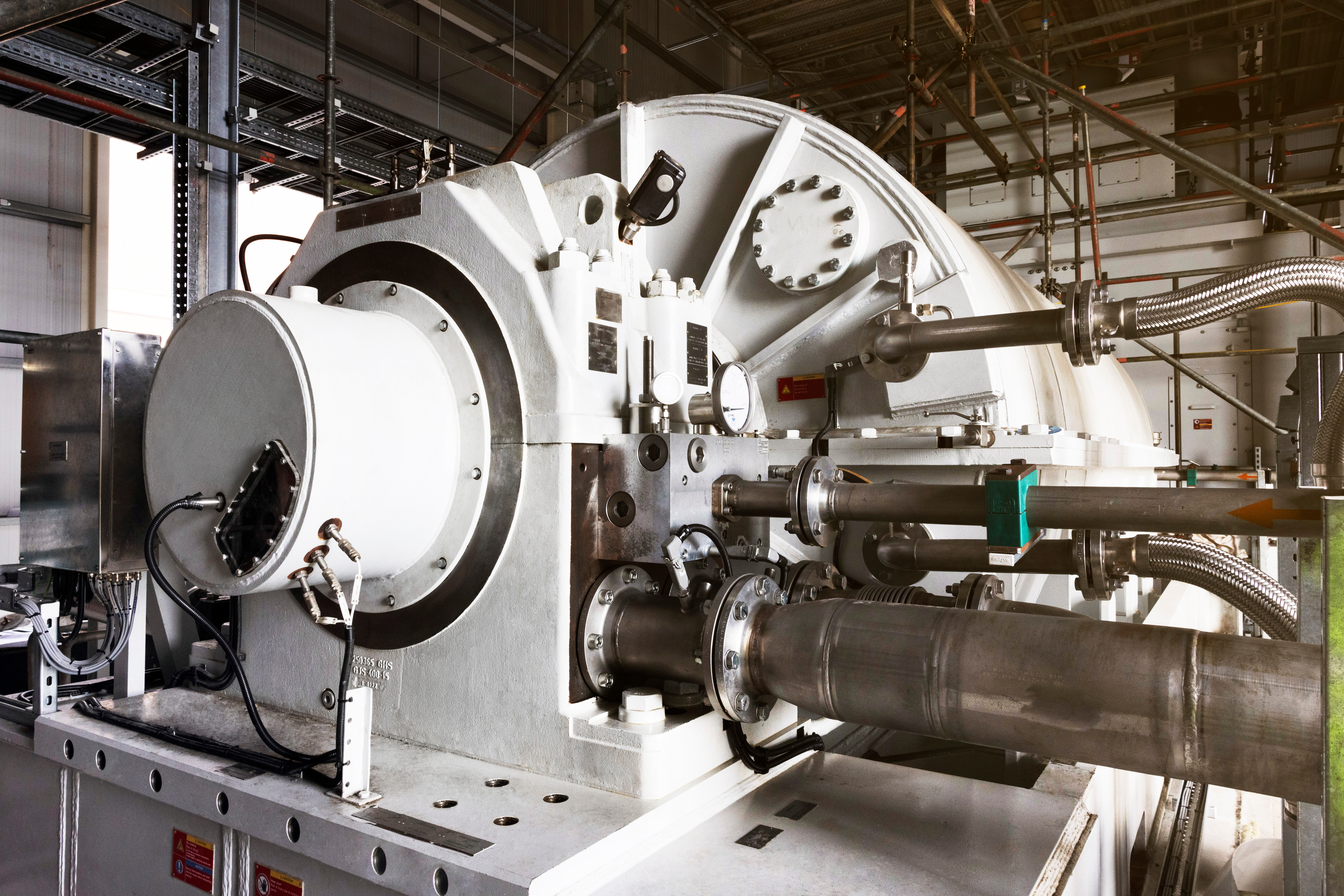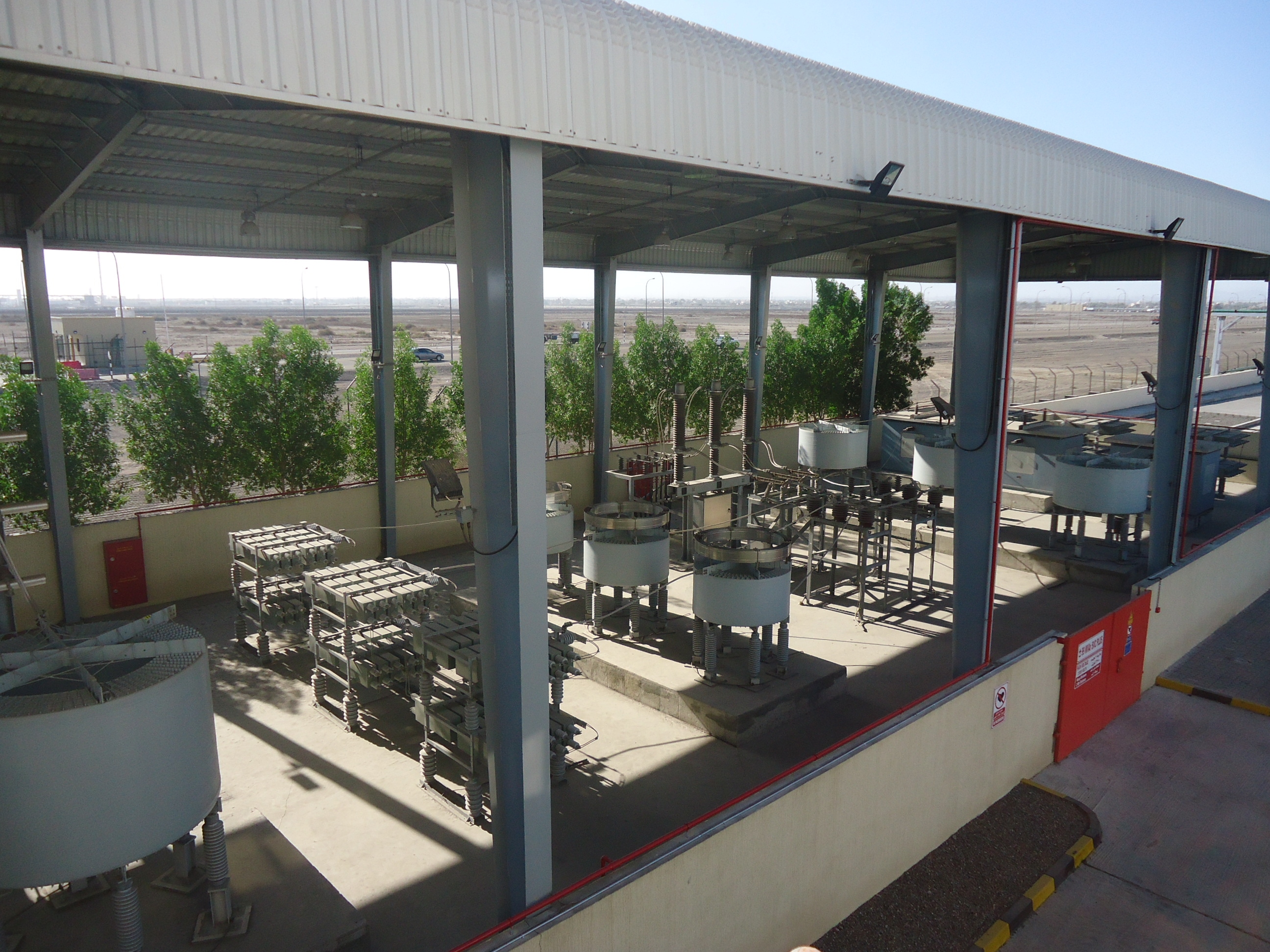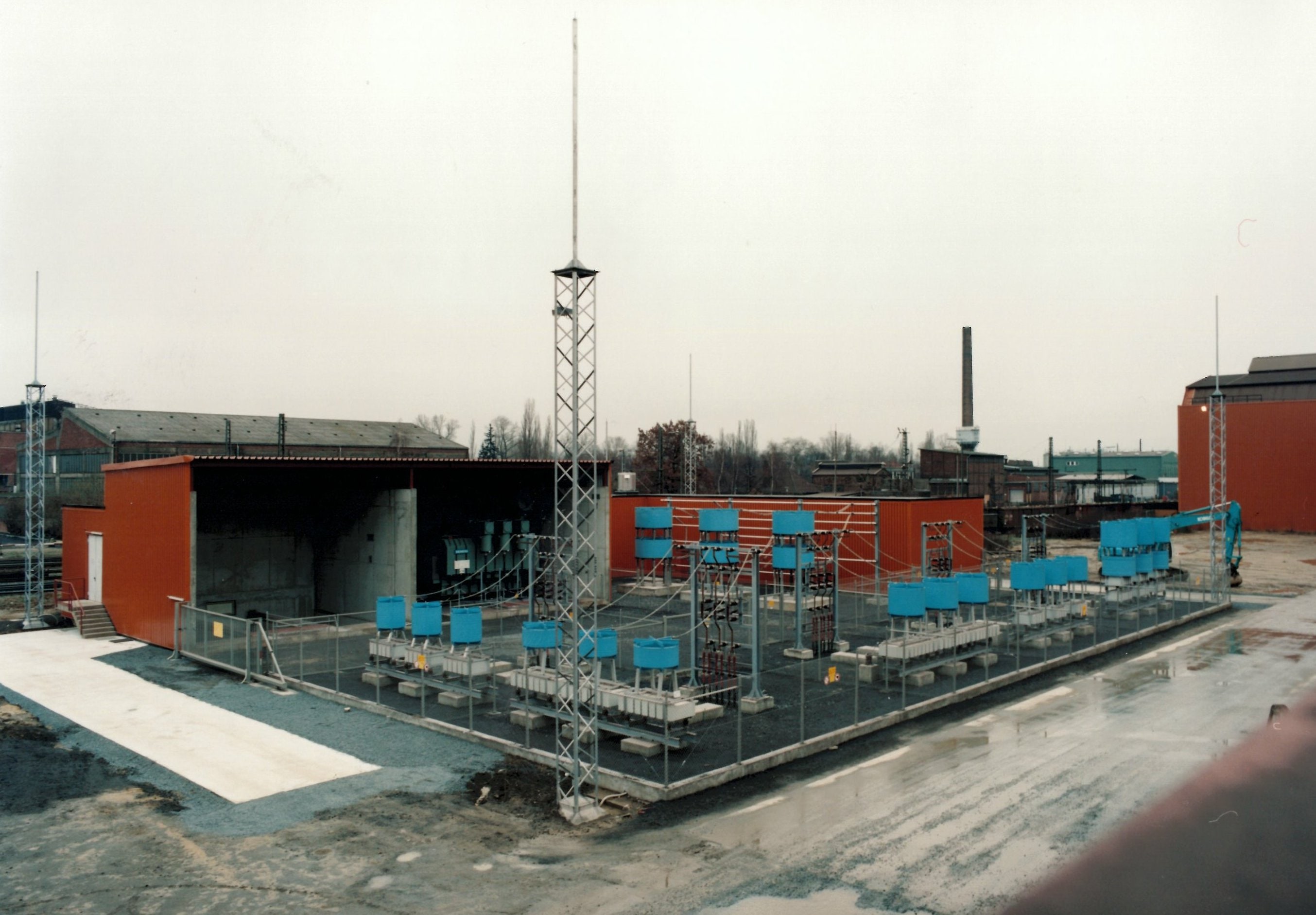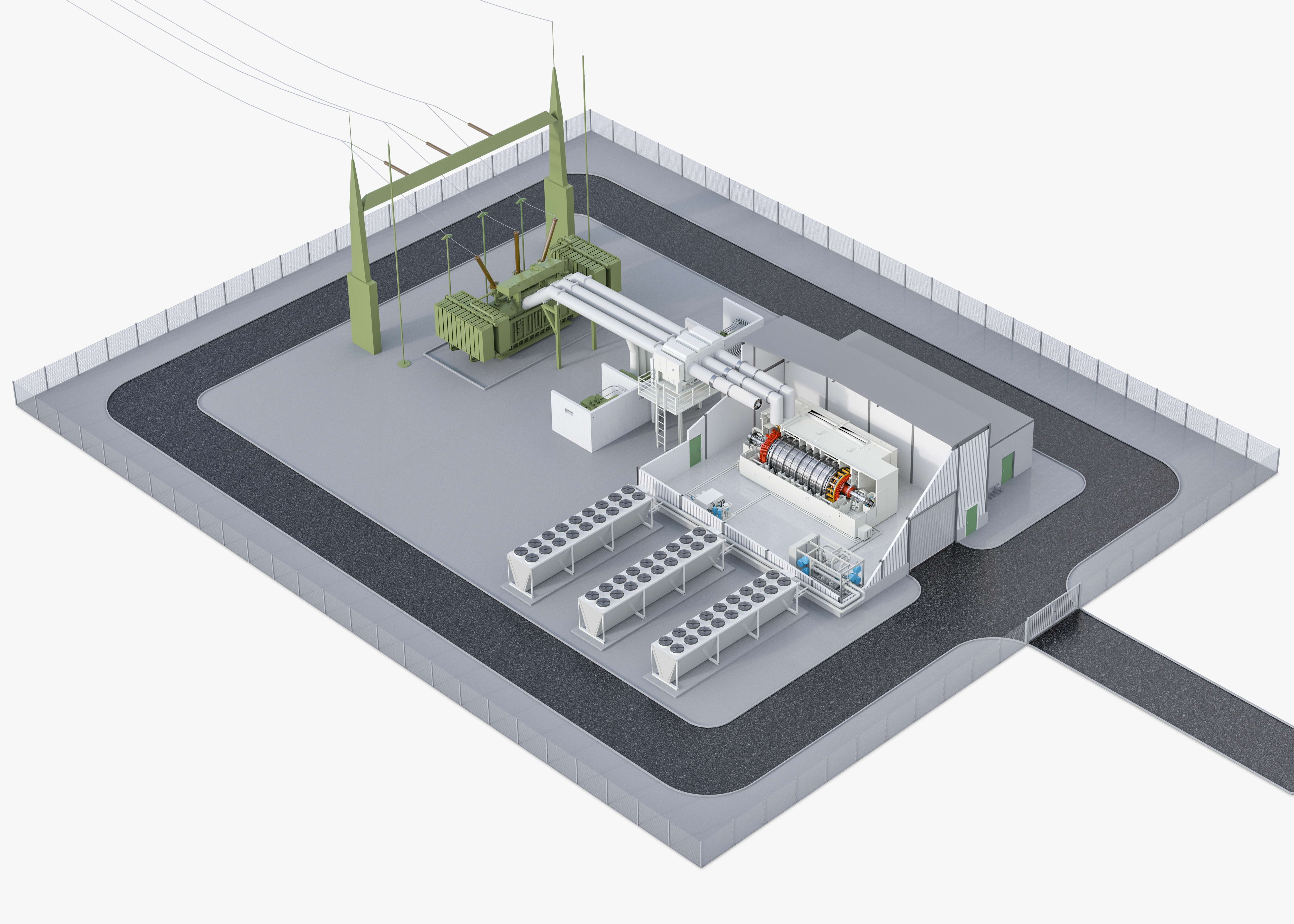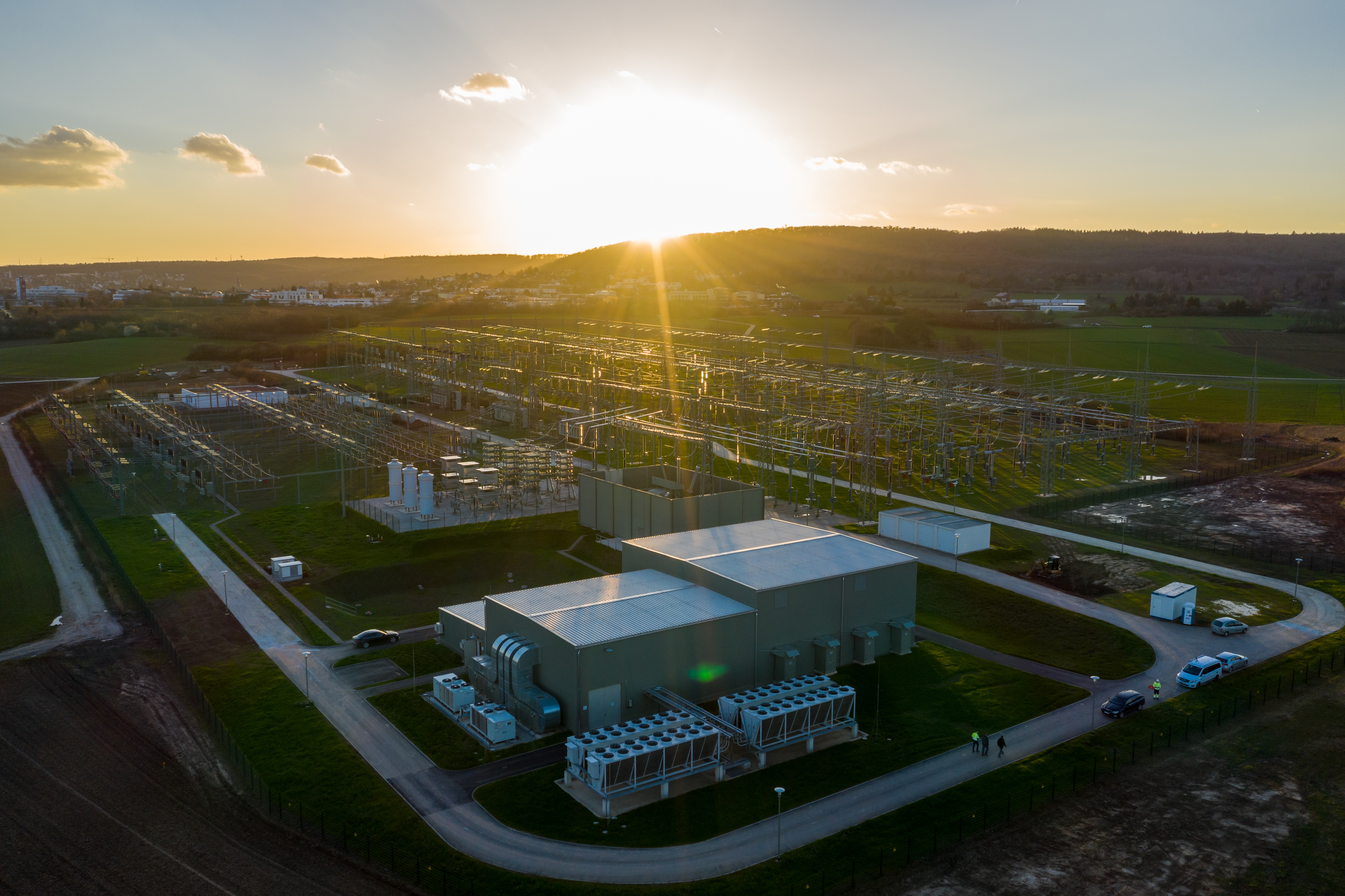
Flexible AC Transmission Systems
Grid stability and power quality made to measure. The growing number of decentralized renewables is making it much more difficult to ensure reliable and stable grid operation. Flexible AC Transmission Systems (FACTS) are the perfect solution for increasing the reliability of AC grids, ensuring stability, and boosting transmission efficiency. With these modular and customized solutions from a single source, high voltage fluctuations and power failures can be prevented, network assets can be optimally utilized, and load-induced disturbances can be mitigated. Siemens Energy supports customers around the world with innovative FACTS to help them master the challenges of energy transitions.Read our story
Watch the videos to learn more
Introducing FACTS
FACTS for a CO2 free power supply
Explore our portfolio
Parallel compensation
Load flow management
Power electronics – The new regulator Stabilizing renewable power on the grid
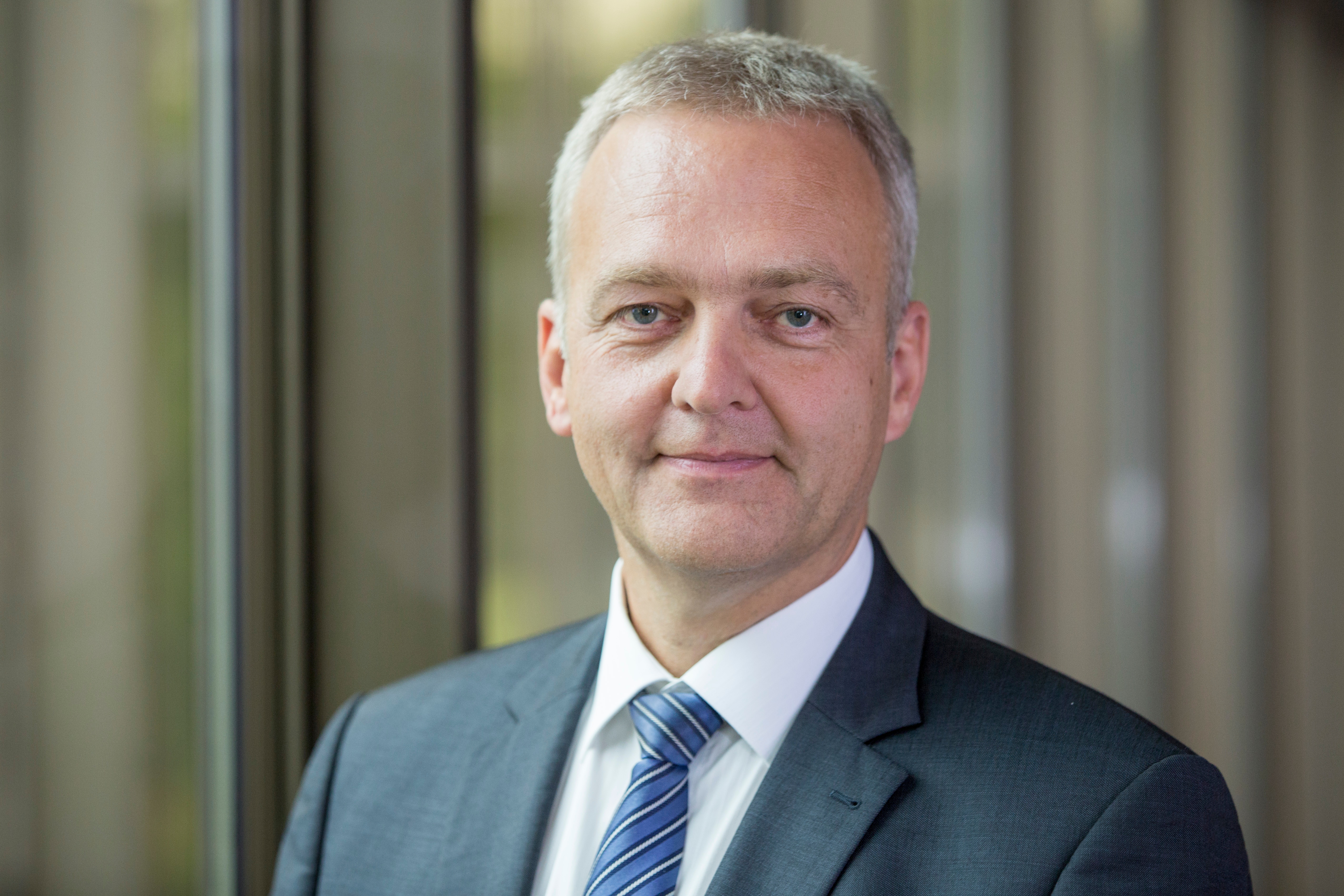
The challenge is that we even have to modernize our existing grid. Electricity demand is increasing, so control software and hardware have to be updated. We see that we will have an increasing demand for VAR compensators, as well
Providing grid stability by voltage control
SVC (Static Var Compensators) and SVC PLUS® (STATCOM) provide reactive power, enhance reliability by assisting fault recovery, reduce black-out risk and regulate the power factor. MSCDN (Mechanical Switched Capacitor with Damping Network) is a simple solution for voltage control and network stabilization on a steady state basis.
Getting a grip on asymmetries
In three-phase AC grids problems are often caused by temporarily increased load on one phase for example for trains use the transmission system while passing by. Fast and efficient load balancing for each phase is also required in historically developed infrastructures in challenging environments, e.g. for metro stations in megacities.
Therefore, utilities require enhanced solutions that combine the advantages of SVC solutions with less space requirements as well as lower noise requirements.
Siemens Energy' SVC PLUS® with its flexible, modular concept could be the perfect match. The electric characteristics of the SVC PLUS® differ from a classic SVC. Its current control leads to a superior undervoltage performance, which means that the SVC PLUS® can support the network longer and at lower voltages.
Mastering the integration of renewables by stabilizing the grid
The share of renewables in the energy mix increases and conventional power plants are switched off in order to lower CO₂ emissions. These lead to the decrease of short circuit power and inertia in the grids. Converter-based renewable power generation does not contribute short-circuit power to the transmission network and needs a certain level of it to operate stable.
SVC PLUS® Frequency Stabilizer stores energy in super capacitors and releases the energy whenever the grid needs it. It therefore avoids frequency drops and enables further renewable power integration to the network. It is a pure power electronic system based on proven SVC PLUS® technology.
Synchronous condenser solutions support transmission systems with short-circuit power, reactive power and inertia to stabilize the grids and to prevent blackouts. They feature high efficiency, low noise emissions and low installation and commissioning costs. Inertia can be extended by the use of a fly wheel.
Improving performance of your existing grid
The latest innovation from Siemens Energy for load flow control is the high sophisticated Unified Power Flow Controller (UPFC PLUS) with an additional function for voltage control. It is based on proven converter technology from Siemens Energy just like the MVDC PLUS® (Medium-Voltage Direct Current) system which offers load flow control via DC transmission. The passive Fixed Series Capacitors (FSC) offer stability of long-distance transmissions by compensating the inductive reactance. The transmission of active power is mainly limited by the impedance of the transmission line, comprising the ohmic resistance plus the capacitive and inductive reactance. They help to better utilize existing overhead lines by increasing their transmission capacities and contribute to steady state and dynamic stability of the system.
Increased stability and efficiency of the production process via voltage support
Rapidly changing loads in industrial plants lead to undesirable voltage fluctuations caused by a varying load current. For quick changes this is referred to as flicker. Grid operators set stringent limits to the permitted flicker level imposed by industrial plants to avoid disturbances in the network. Flicker in lighting – critical for human wellbeing, it affects efficiency and performance of components in industrial plants, too.
SVC Classic and SVC PLUS® compensate and stabilize load-induced voltage fluctuations within a very narrow tolerance band and ensure compliance with grid requirements. With SVC PLUS®, flicker reduction factors above 4.5 (even into the 7 range) can be achieved.
For loads with fast varying reactive and active power, a dynamic reactive power compensator – the industrial SVC Classic with a thyristor-controlled reactor (TCR) and integrated filter circuits will be the right solution. Especially when arc furnaces are involved, the highly dynamic industrial SVC PLUS® will deliver best results.
High voltage stability and reduced flicker enable an increase in production and better utilization of cables, transformers, and drives. Steel mills especially benefit from compliance with utility requirements, as a penalty shutdown by the utility is a realistic threat. Due to the typically remote locations in the mining industry, voltage stabilization is important for reliable and efficient production.
Secure grid connection, protect equipment and avoid losses
Nonlinear loads from converters or arc furnaces are a source of unwanted generate harmonic voltage distortion at its grid connection point that could disturb other consumers connected to the network. They generate losses in all network elements, without contribution to driving a machine, melting steel or other tasks of industrial production.
According to the grid operators, harmonic voltage distortion should not exceed certain limits. To achieve that, harmonic currents should be “directed” to flow into harmonic filtering devices, or currents must be generated with a waveform neutralizing the harmonic component of the load current.
As a solution tuned filter circuits can be applied, carefully selected in accordance with network requirements and can be part of the SVC system. The most advanced approach however for low order harmonics (approx. up to 13th) harmonic is active filtering, a task performed by the very fast SVC PLUS® control concept practically as a byproduct and including inter-harmonics.
Grid compliance secures connection permit with the network and the high power quality means lower stress to plant equipment (drives, pumps, transformers etc.) and to avoid losses due to reduced harmonics.
Improve utilization - Avoiding losses and penalties by improving the power factor
Significant inductive loads like motors are present in all fields of industry. In the metallurgical industry arc furnaces constitute the largest inductive loads – operating at an extremely bad power factor. The reactive power required by such loads causes degrading of power factor (or cos φ). As also reactive power needs to be transported through the network, this leads to bad utilization of all transmission components such as cables, transformers, etc.
Different loads have different characteristic power factors. Some loads have a clearly defined and nearly constant power factors, for others it can vary rapidly and within a wide range. Extreme behavior comes with electric arc furnaces. Big drives for ore mill applications, rolling mill drives and pumps/compressors show fluctuating power factors due to variation in their operating point.
The main challenge is to measure the load behavior very fast to achieve according control of the compensation system: dynamic loads require dynamic compensation.
SVC und SVC PLUS® dynamically improve the power factor. If this variable inductive power is countered by a dynamically controlled capacitive power, the power factor can be stabilized at high level.
SVC and SVC PLUS® enable improved utilization of the complete electrical system – as with a good power factor only active power needs to be transported. Losses caused by reactive currents can be avoided. A good power factor will furthermore prevent penalties by the utility.
Evenly distribute power - Load balancing
Unsymmetrical loads are not – or at least not completely – balanced at all times. Single-phase loads or arc furnaces can cause uneven phase currents in the three-phase supply system and uneven phase voltages.
Limit unwanted effects
Generators are three-phase sources of energy that is transported through the grid up to the consumers. The whole system works best when all three phases are evenly loaded. But certain loads are only single phase, and certain three-phase loads can become extremely unsymmetrical in special operating conditions, e.g. an electric arc furnace for melting steel can be anything between balanced up to only two-phase operation at worst.
In order to limit unwanted effects of such unbalanced conditions in the grid, utilities allow only a limited degree of unbalance, and the owner of such consumers has to take measures to evenly distribute the power consumption of his plant to the three phases at his connection to the utility grid.
Compensation systems capable of independent control for each phase, like SVC Classic and SVC PLUS®, allow distinct injection of capacitive or inductive power into each phase. In this way symmetric balanced loading of the feeding network can be achieved despite asymmetry in load.
Load balancing enables better utilization of the plant distribution system and compliance with utility requirements.
We’ll be there for you – all around your power quality
We provide the optimized solutions for your applications with innovative, proven Flexible AC Transmission Systems including inhouse components. Siemens Energy offers services for any customer requirement regarding your power quality, including design studies, financing support, project management, assembly and commissioning, as well as after-sales services. Siemens Energy will be your experienced partner in all stages of the project. Trust on us, even before you know which power quality plant you need. If planning a new industry plant, facing changes in power quality requirements, or in need for modernization – we’ll assist you based on strong experience, starting with initial consulting but also with a comprehensive feasibility study.

In order to ensure resilient grids, flexible and quickly deployable systems are required for rapid grid restoration after severe events, for bridging in case of grid changes due to e.g. power plant shutdowns or the integration of renewables as well as for the revision of transmission lines at important nodes. Learn more about our containerized and mobile Flexible AC Transmission Systems:
Flexible AC Transmission Systems help to stabilize grids to meet todays’ challenges in power transmission. Stay ahead with Siemens Energy long-term, flexible and sustainable innovations based on proven power electronics to shape future grids.
Check our answer to improve dynamic grid stability by supporting frequency and voltage:
SVC PLUS Frequency Stabilizer®
Discover our latest innovation the Unified Power Flow Controller (UPFC PLUS®) enhancing AC-grids through dynamic load flow and voltage control.
UPFC PLUS® in the showroom
FACTS solutions all over the world
Siemens Energy is active worldwide and has proven experience with all technical and environmental challenges in transmission grids. Even industries worldwide rely on solutions from Siemens Energy to optimize their power supply for smooth operation and compliance to utility regulations. With Flexible AC Transmission System projects executed up to the highest voltage level over the whole FACTS portfolio Siemens Energy can call oneself world market and technology leader. Here you can find a selection of our references.
What’s new with FACTS
The latest information on Flexible AC Transmission Systems.

